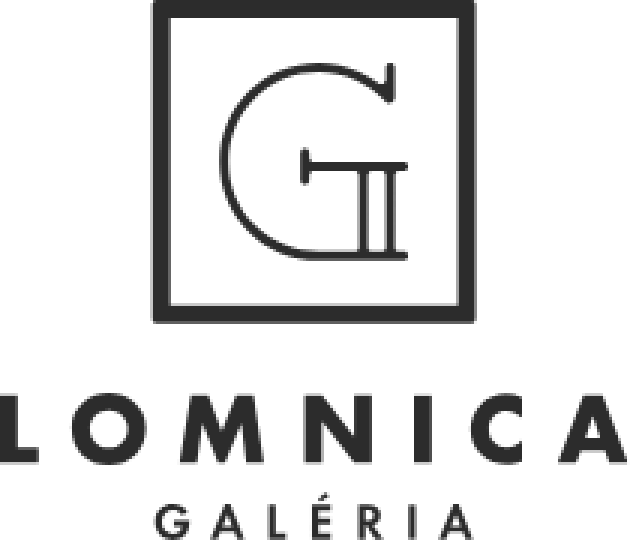
Jaroslav Augusta was born on 4th September, 1878 in Humpolec near Pelhřimov, and died on 28th February, 1970 in Banská Štiavnica. In 1897 – 1900, he studied at the Academy of Fine Arts in Prague (professor Pirner). Later, until 1906 he attended the Academy of Fine Arts in Munich (professor Herterich, Marr) and the private school of A. Ažbeh. From 1892 on, he lived in Rimavská Sobota and after 1894 in Tisovec. In Prague, he operated in the Detvan society (Martin Kukučín, and an admirer of Tolstoy, Albert Škarvan were active members of the Society as well). During the holidays 1899 and 1900 he painted in Veľká Slatina, Očová, Dobrá Niva and Detva. From 1900, he remained in close contact with Joža Úprka and Moravian-Slovak painters. In 1901, he founded a painter colony in Detva together with E. Pacovský, L. Strimpl and his brother Karol. A year later, he met M. T. Mitrovský and T. Andraškovič in Vienna. In 1903 he participated in founding of the Group of Hungarian-Slovak painters and later (1911) he founded a painters’ colony in Važec together with his brother Karol, P. J. Kern and F. Úprka. For two years (1914 – 1915) he served as a soldier on the Russian front and from 1915 to 1918 he was held a war prisoner. He worked as a teacher of drawing and art in Banská Štiavnica (1920 – 1948) and in 1948 he retired. In 1920 together with P. J. Kern and I. Žabota they established the Society of Slovak Artists in Martin. In 1922 he took an educational journey across Germany, in 1927 he stayed in Paris and in 1928 he visited Yugoslavia. He devoted himself to journalism as well (Mladé Slovensko, Slovenské pohľady, Kultúrny život). He published a book of memoirs titled “Memories” (Spomienky, Bratislava, 1962). He had stand-alone exhibitions in Vienna (1913), Martin (1943), Bratislava (1954), Banská Štiavnica (1956). The paintings of Jaroslav Věšín and Joža Úprka motivated him to study different regions and traditional folk costumes. He was especially enthusiastic about the peculiarity of Zvolen and Orava region. He started collecting ethnographical material, drew studies of national costumes and made effort to reach the artistic level of the Barbizon school and the artists of the painter colony in Worsped. Over time, the early panegyric idyllist approach of Augusta’s ethnologically motivated works was replaced by a certain elegiac accent, resulting from the bleak fate of the simple Slovak people. In any case, more than the artistic craze of colours that Úprka was known and more than cheap psychologism Augusta was preoccupied with static fidelity and verity, accuracy and strictness of visually defined document. In this, can we see the contribution but also the formal limits of Augusta’s painting connected with Slovakia. Bibliography: Váross, M.: August. Bratislava 1956; August, J.: Spomienky. Bratislava, 1962; Vaculík, K.: Dielo J. Augustu. Katalóg. SNG, Bratislava, 1954.
